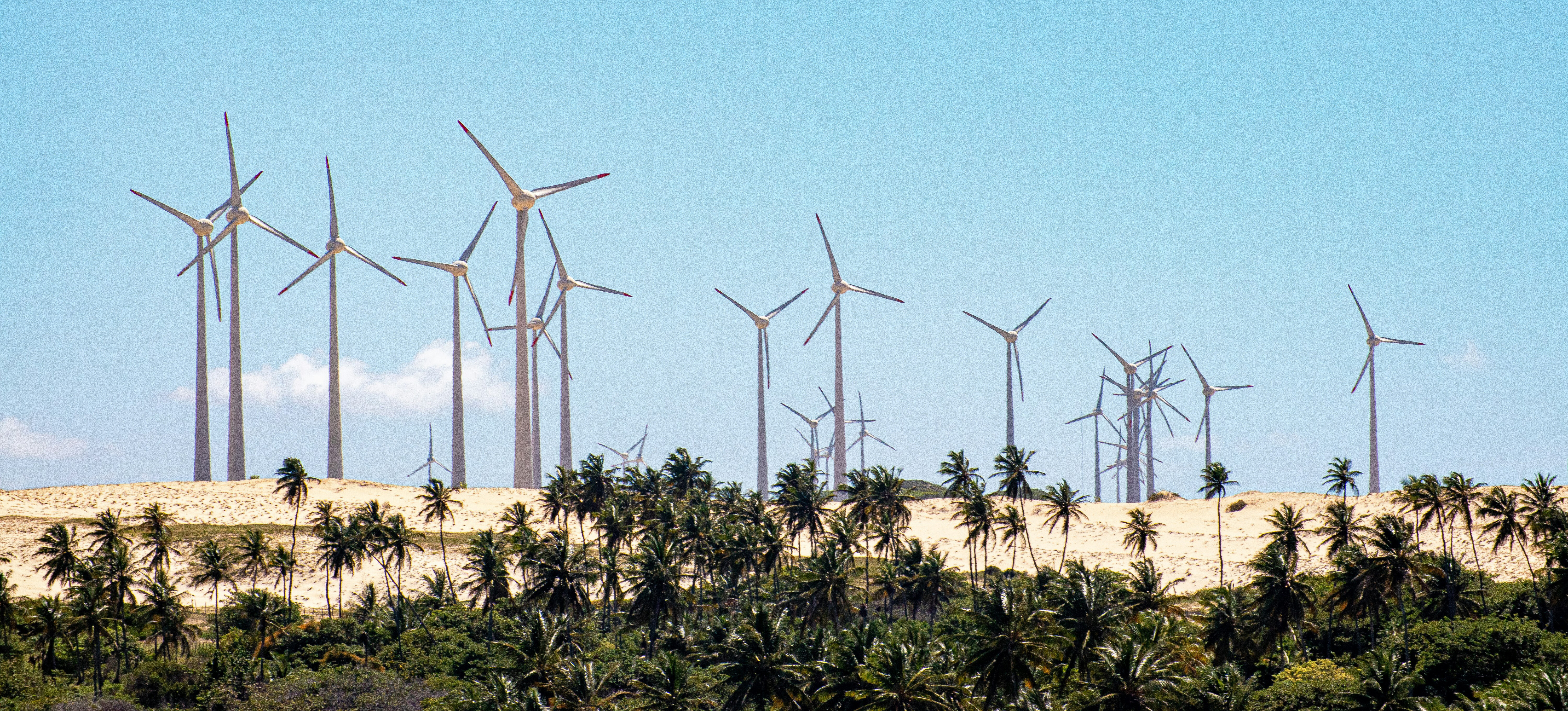One-quarter of Dubai’s buildings will be 3D printed by 2025

Could 3-D printing be the factor to solve the housing crisis and homelessness?
Image: REUTERS/Ahmed Jadallah
Stay up to date:
3D Printing
From printing replacement human body parts to assisting with running repairs on voyages to Mars, many predictions are being made for how 3D printing may soon improve the lot of humanity.
Now, Dubai has taken a step further along the road to making such dreams a reality by announcing that 25% of the city-state’s new buildings will be made using 3D printers by 2025.
The move is part of an ambitious 3D-printing strategy announced in 2016 by Sheikh Mohammed bin Rashid Al Maktoum, vice-president and prime minister of the United Arab Emirates and the ruler of Dubai.
The 3D-printing strategy aims to reduce labour by 70% and cut costs by 90% across different sectors, according to the Dubai Future Foundation.
Perhaps more crucially, 3D-printing construction has the potential to help solve a looming homelessness crisis as more people gravitate to living in cities: the UN predicts that by 2030, the world will have 41 mega-cities with more than 10 million inhabitants.
Roadmap to a 3D-printed future
The Dubai Future Foundation was set up to provide a roadmap for the government consider and prepare for how technology will shape the industries of the future. It aims to make Dubai the world’s “3D-printing hub” by 2030.
The emirate tested 3D-printing construction industry potential in 2016 when it opened what it claimed was the world’s first building to be made using the technology. The building, called the “Office of the Future,” was created by a 3D concrete printer with a robotic arm that was 6 metres high and 12 metres wide.
The people needed for the task included one technician to monitor the printer, seven people to install the building on site, and a team of 10 electricians and specialists to take care of the mechanical and electrical engineering.
Designed to save labour and energy
The Foundation says that labour costs were cut by more than 50% compared to traditional costs of constructing a building of similar size. Printing took 17 days and the office was installed on a site below Emirates Towers in central Dubai in just two days. Subsequent work on the building services, interiors and landscape took approximately three months.
The Foundation says the interior of the 250 square metre building has been designed to facilitate a mix of creative interactions, quiet reflective work and “serendipitous meetings.”
The building is also designed to be “extremely energy efficient.” The Foundation says: “It is oriented to maximise visibility and natural light, but to shade the inside through digitally sculpted overhangs above the windows.
“This minimises direct solar heating and reduces the need for air conditioning and lighting. Further sustainability features include 100% LED lighting, responsive building systems, green landscaping, and low-energy air conditioning and cooling.”
Solving the housing crisis
While Dubai may have led the way by creating the first 3D-printed building, others have followed suit.
Nantes, in France, claims it is the first location to make a 3D-printed house. The Independent news site reported in April that the five-room, 95 square metre property will house a local family qualifying for social assistance from June. It added that the city authorities are considering developing an entire district of such homes.
Around the world there is a desperate need for low-cost, affordable accommodation, according to the 2017 World Resources Report. It estimates that the global affordable housing gap is 330 million urban households. This is forecast to grow by more than 30% to 440 million households, or 1.6 billion people, by 2025, the report says.
How to avoid a sci-fi future
In science fiction movies, the cities of the future tend to be grim places. The urban homes in Ready Player One and Soylent Green are abandoned cars stacked on top of one another. But 3D-printing has the potential to ensure such a bleak outcome can be avoided.
Meanwhile, by leading the way in investigating how such technology can change whole industries, Dubai has set a model other states may well benefit from by emulating.
The global market for 3D printing of all kinds is estimated to be about $32.78 billion by 2023. Governments have to ask themselves if they are doing enough to win their share of this high-tech related growth.
Accept our marketing cookies to access this content.
These cookies are currently disabled in your browser.
Don't miss any update on this topic
Create a free account and access your personalized content collection with our latest publications and analyses.
License and Republishing
World Economic Forum articles may be republished in accordance with the Creative Commons Attribution-NonCommercial-NoDerivatives 4.0 International Public License, and in accordance with our Terms of Use.
The views expressed in this article are those of the author alone and not the World Economic Forum.
Related topics:
Forum Stories newsletter
Bringing you weekly curated insights and analysis on the global issues that matter.
More on Energy TransitionSee all
Network of the Global Future Councils and Kaiser Kuo
November 4, 2025
Esther Finidori and Lisa Wee
November 4, 2025
Ezgi Canpolat and Varalakshmi Vemuru
November 3, 2025
Ayla Majid
October 30, 2025
Camille Canivet and Giorgio Parolini
October 29, 2025







